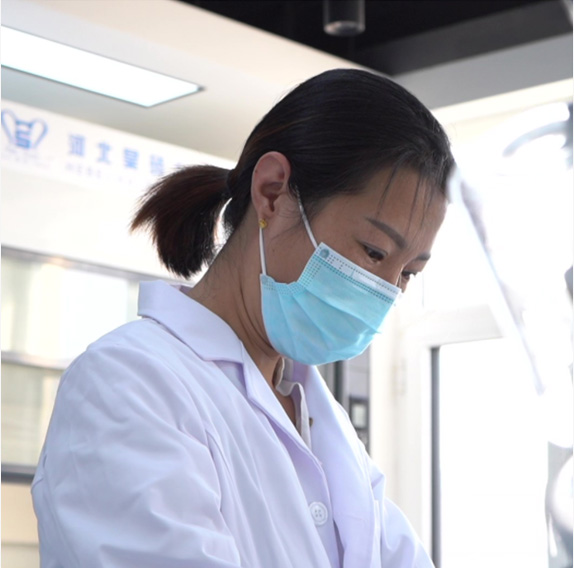Understanding the Key Additives in Tile Adhesive
When formulating high-performance tile adhesives, two essential additives stand out—Hydroxypropyl Methylcellulose (HPMC) and Redispersible Polymer Powder (RDP). Both play crucial roles in improving adhesive strength, workability, and durability, but they serve different purposes. This guide provides an in-depth comparison of HPMC vs. RDP in tile adhesives, helping manufacturers and formulators make informed decisions based on performance, cost, and application needs.
1. What is HPMC in Tile Adhesives?
Hydroxypropyl Methylcellulose (HPMC) is a non-ionic cellulose ether derived from natural fibers. It is widely used in cement-based tile adhesives due to its water retention, thickening, and adhesion-enhancing properties.
Key Functions of HPMC in Tile Adhesive:
Water Retention: Prevents premature drying, ensuring proper cement hydration.
Improved Workability: Provides better consistency and ease of application.
Increased Open Time: Enhances adhesion strength by giving more time for tile placement.
Sag Resistance: Prevents tiles from slipping on vertical surfaces.
Common Grades of HPMC for Tile Adhesive:
| HPMC Viscosity (mPa·s) | Application |
| 40,000 - 75,000 | Standard cement-based adhesives |
| 75,000 - 100,000 | High-performance tile adhesives |
| Above 100,000 | Anti-slip and high-retention formulations |
2. What is Redispersible Polymer Powder (RDP) in Tile Adhesives?
Redispersible Polymer Powder (RDP) is a spray-dried polymer emulsion that can be reconstituted into liquid form when mixed with water. It enhances the bonding strength and flexibility of tile adhesives.
Key Functions of RDP in Tile Adhesive:
Increased Adhesion: Forms a flexible polymer film that improves bonding to various substrates.
Enhanced Flexibility: Reduces the risk of cracking due to substrate movement.
Water Resistance: Improves adhesive durability in damp environments.
Impact Resistance: Enhances the adhesive’s mechanical strength.
Common Types of RDP for Tile Adhesive:
| Polymer Type | Characteristics |
| Vinyl Acetate-Ethylene (VAE) | Good adhesion, flexibility, cost-effective |
| Styrene-Butadiene (SB) | High water resistance, improved bonding |
| Acrylic-Based RDP | Best for high-performance applications |
3. HPMC vs. RDP in Tile Adhesives: Key Differences
| Property | HPMC | RDP |
| Main Function | Water retention, thickening, anti-sag | Bonding, flexibility, impact resistance |
| Workability | Improves consistency and smoothness | Provides elasticity and crack resistance |
| Adhesion Strength | ndirectly improves adhesion by ensuring proper cement hydration | Directly enhances bonding strength |
| Flexibility | Limited flexibility | Provides better flexibility, reducing cracking risk |
Application
Products
Quick Find
Faq
What is the difference between the cold-water soluble type and the thermal soluble type of hydroxypropyl methylcellulose (HPMC) in the production process?
What are the formulations for interior and exterior wall putty powder?
What is the difference between the cold-water soluble type and the thermal soluble type of hydroxypropyl methylcellulose (HPMC) in the production process?
Several dissolution methods of Hydroxypropyl methyl cellulose (HPMC)
News
30
Jul., 2025
Hebei Haoshuo Chemical sincerely invites you to visit WOCA2025 Asian Concrete Exhibition
Hebei Haoshuo Chemical sincerely invites you to visit WOCA2025 Asian Concrete Exhibition
17
Jul., 2025
Comprehensive Analysis of HPMC Ash Content: Control & Testing Methods
Learn how HPMC ash content impacts performance in pharma & construction. Compare testing methods, industry standards, and how to select low-ash HPMC suppliers. Get a sample.
22
Jul., 2025
HPMC in Personal Care: Uses, Advantages & Formulation Technology
Explore HPMC’s role as a non-toxic thickener & stabilizer in shampoos, creams & detergents. Hypoallergenic, biodegradable. Request a sample for formulations.
25
Jun., 2025
HPMC vs HEC: What’s the Difference and Which Is Better?
Compare HPMC vs. HEC for tile adhesive and coatings. Compare water retention, adhesion, & durability to choose the best for your project.

Request a Quote
+ 86 181 3228 9294

Get in Touch
Interested in how our HPMC can enhance your personal care formulations? Contact us to request a free sample and experience the superior quality of our cellulose ether products.